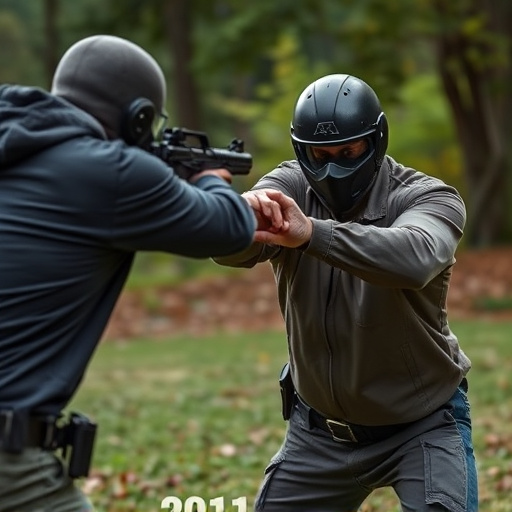Silent stun guns, while offering discreet self-defense options, pose a new challenge for personal safety due to their lack of visual and auditory cues. Traditional detection methods like metal detectors may not always identify them, especially in crowded or low-light conditions. Law enforcement and security professionals are adopting advanced technologies such as thermal imaging and enhanced metal detection, along with AI algorithms, to keep pace with evolving stun gun designs. Effective detection requires understanding local regulations regarding silent stun guns and implementing proactive personal safety measures.
In today’s world, personal safety is paramount. As silent stun guns gain popularity as a discreet self-defense option, concerns over concealed stun gun detection have emerged. This comprehensive guide delves into the current landscape of stun gun detection technologies, explores the challenges in identifying hidden devices, and examines advancements that could shape the future of this vital personal safety tool. We also discuss legal considerations and practical strategies for enhanced protection.
- Understanding Concealed Stun Gun Detection: The Current Landscape
- Silent Stun Guns: A Discreet Self-Defense Option
- Challenges in Detecting Hidden Stun Devices
- Advancements and Future Technologies for Stun Gun Detection
- Legal Considerations and Personal Safety Strategies
Understanding Concealed Stun Gun Detection: The Current Landscape

The ability to detect concealed stun guns is a growing concern in the realm of personal safety and security. With the popularity of silent stun guns for discreet self-defense, law enforcement and security professionals face new challenges. These advanced stun devices are designed to deliver a powerful shock without making a loud noise, making them attractive for individuals seeking non-lethal force options. However, this very discretion poses a problem when trying to identify these weapons.
Currently, detection methods rely on specialized equipment and trained personnel. Metal detectors can sometimes pick up the electrical signals emitted by stun guns, but not always accurately or consistently. Visual inspection is another method, but it requires close proximity and often proves challenging in crowded areas or low-light conditions. There is an ongoing effort to develop more advanced technologies, such as thermal imaging and enhanced metal detection techniques, to keep pace with the evolving stun gun designs.
Silent Stun Guns: A Discreet Self-Defense Option
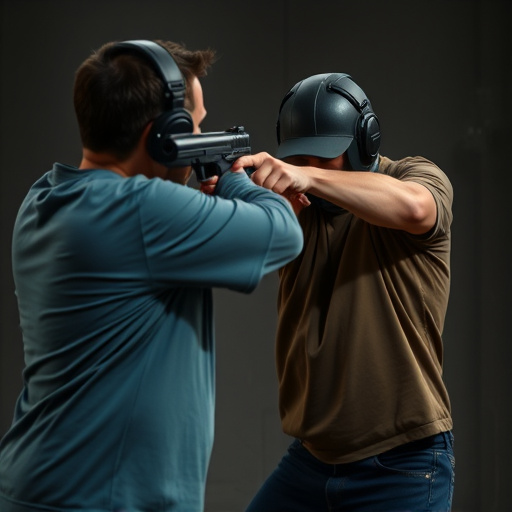
Silent stun guns represent a modern solution for individuals seeking discreet self-defense options in today’s world. These innovative devices are designed to provide a non-lethal but powerful response in potentially dangerous situations, all while maintaining a low profile. Unlike traditional firearms, silent stun guns emit an electric shock rather than projectiles, making them virtually silent during activation and significantly reducing the risk of drawing unwanted attention.
This discretion is particularly appealing for individuals who may need to defend themselves in public settings or situations where loud noises could alert potential assailants. Silent stun guns are easily concealable, often resembling everyday objects like flashlights or mobile phones, allowing users to carry them without raising eyebrows. This blend of functionality and secrecy empowers individuals to protect themselves and their loved ones while maintaining a sense of anonymity.
Challenges in Detecting Hidden Stun Devices
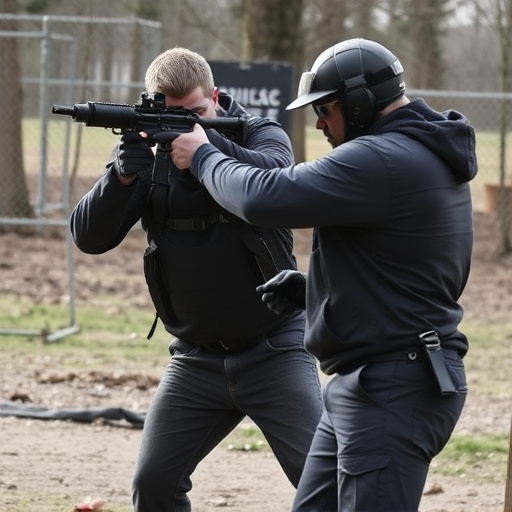
Detecting hidden stun guns presents unique challenges due to their design—to be silent and discreet for effective self-defense. These devices are often small, easily concealed, and lack distinct visual or auditory cues that traditional weapons possess. Metal detectors, a common tool in security, may not always pick up on the subtle presence of stun guns, especially if they’re made from non-metallic materials or properly concealed. Additionally, the lack of standardized power sources across different models makes it harder to detect them with conventional scanning methods.
The challenge intensifies in dynamic scenarios like airports, public events, and workplaces where thorough screening becomes paramount but time constraints limit comprehensive searches. The need for swift identification without causing panic or disrupting activities adds a layer of complexity. This is further complicated by the fact that stun guns can be crafted with innovative materials and designs, making them less predictable to current detection technologies.
Advancements and Future Technologies for Stun Gun Detection
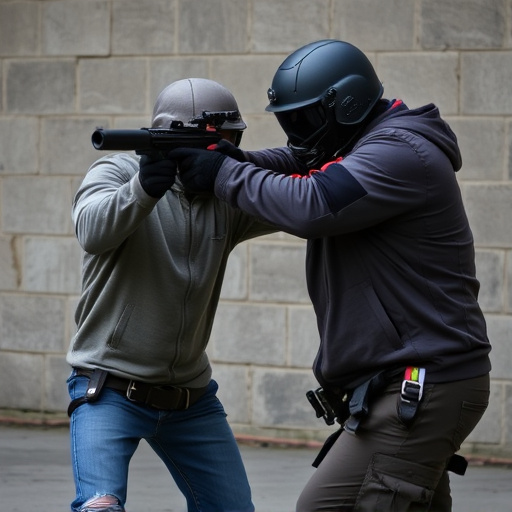
The evolution of stun gun technology has led to innovative methods in detection, particularly with the rise of silent stun guns designed for discreet self-defense. Future technologies are expected to leverage advanced materials and sensor systems to enhance detection capabilities. For instance, new types of sensors could be developed to identify subtle electrical disruptions caused by stun devices, making it possible to detect these weapons even when they’re hidden or disguised.
Additionally, artificial intelligence (AI) and machine learning algorithms could play a pivotal role in improving detection accuracy. By analyzing patterns and data from various sources, AI systems can be trained to recognize the unique signatures of silent stun guns, further complicating their use and providing an added layer of security. These advancements aim to stay ahead of potential threats, ensuring that law enforcement and individuals alike are equipped to counter concealed stun gun usage effectively.
Legal Considerations and Personal Safety Strategies
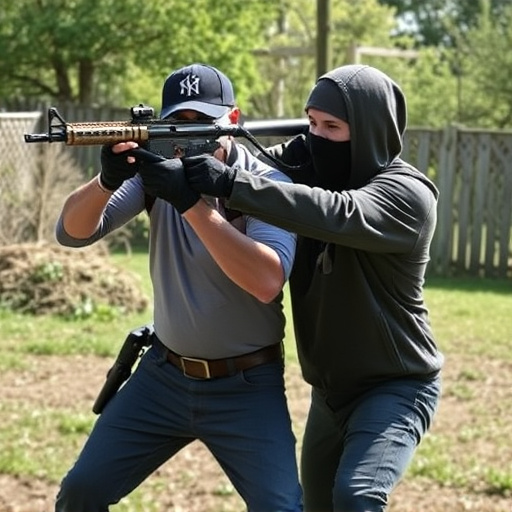
In many regions, the possession and use of stun guns are governed by strict legal frameworks, with regulations varying significantly across borders. One key consideration is ensuring compliance with local laws to avoid legal repercussions. Silent stun guns for discreet self-defense offer a unique challenge in this regard—while they provide individuals with an effective personal safety tool, users must stay informed about their jurisdiction’s specific rules regarding non-lethal force devices.
To safeguard themselves and others, individuals carrying silent stun guns should prioritize open communication and transparency. This includes educating oneself on the legal implications of using such devices and being prepared to justify their presence if needed. Additionally, adopting proactive personal safety strategies, such as situational awareness, self-defense training, and staying informed about potential threats, can significantly enhance an individual’s ability to protect themselves while adhering to legal boundaries.
As we’ve explored, concealed stun gun detection presents a complex challenge in the realm of personal safety. While current technologies offer some capabilities, detecting silent stun guns—a popular choice for discreet self-defense—remains difficult due to their design. Future advancements in materials and sensor technology promise to enhance detection methods. In the interim, staying informed about legal considerations and adopting strategic personal safety practices can help empower individuals to protect themselves effectively.
